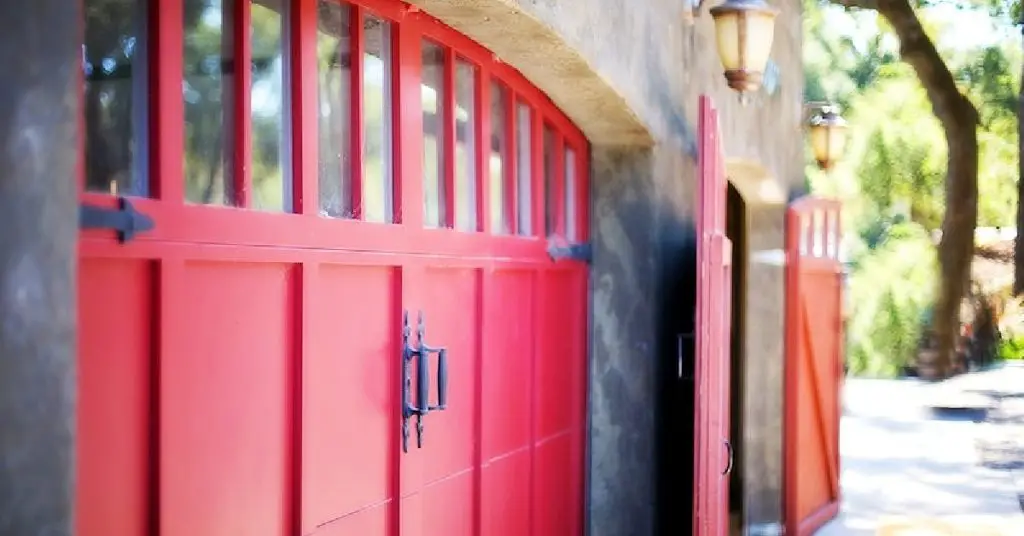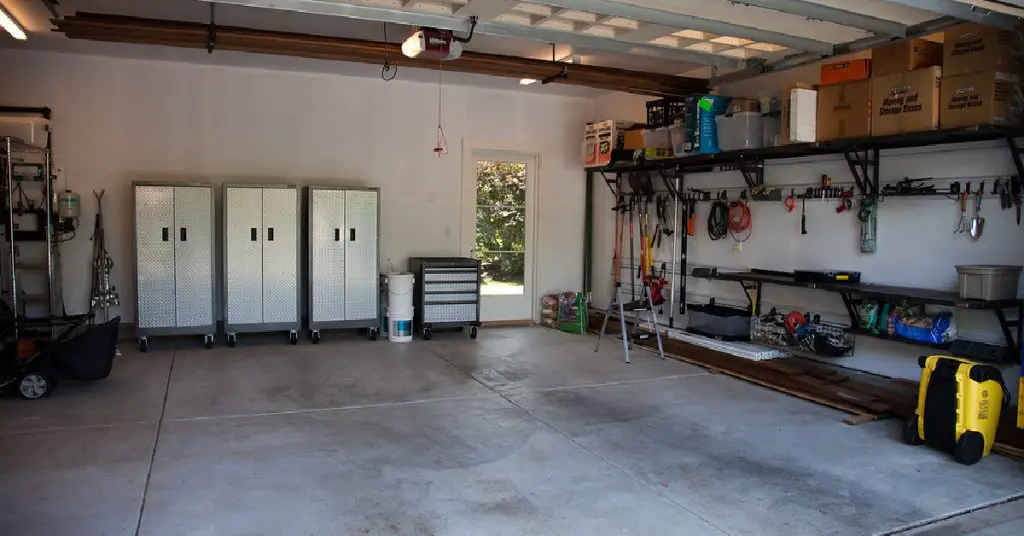Roll-up garage doors are a popular choice for both residential and commercial properties. They provide security, save space, and offer easy access to your garage. However, without proper insulation, these doors can be a major source of heat loss, noise pollution, and energy inefficiency. In this comprehensive guide, we will walk you through the process of how to insulate a roll up garage door step-by-step. From understanding the types of insulation available to choosing the right materials and implementing proper installation techniques, we’ve got you covered. So let’s dive in and learn how to insulate a roll up garage door effectively.
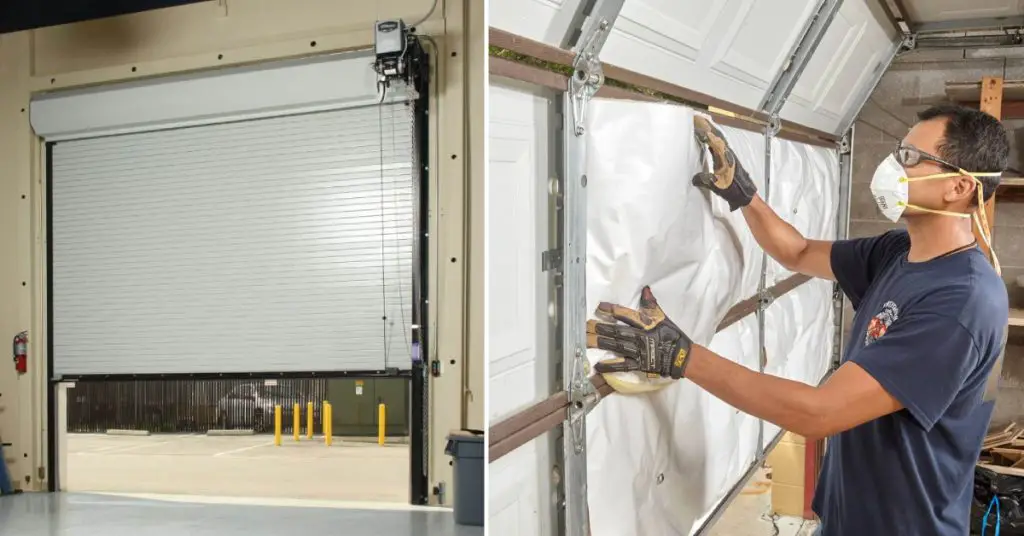
Understanding Roll Up Garage Doors
Before we delve into the insulation process, let’s take a moment to understand roll-up garage doors. These doors are made of a galvanized structural grade steel curtain with a silicone-modified polyester coating, providing durability and strength. Unlike traditional doors, roll up doors do not feature wheels, tracks, joints, or hinges. Instead, they consist of interlocking steel slats that allow the door to roll up smoothly and quietly. This unique design makes them a space-saving option, perfect for properties with limited space.
The Significance of Insulating Roll Up Garage Doors
Insulating your roll-up garage door is essential for several reasons. Firstly, it improves energy efficiency by preventing heat transfer between the inside and outside of your garage. This can significantly reduce your heating and cooling costs, especially in extreme weather conditions. Secondly, insulation helps control noise transmission, creating a quieter and more comfortable environment inside the garage. This is particularly important if you use your garage as a workspace or have living spaces adjacent to it. Additionally, insulation helps regulate moisture and humidity levels, preventing potential damage caused by condensation.
Types of Insulation for Roll Up Garage Doors
There are several types of insulation materials available for roll-up garage doors. The choice depends on your specific needs and preferences. Here are some common options:
- Foam Insulation: Foam insulation provides excellent thermal efficiency and sound reduction properties. It is available in various forms, such as rigid foam boards or spray foam, and can be easily installed between the slats of the roll-up door.
- Foil Insulation: Foil insulation is known for its ability to reflect heat and block moisture. It consists of a layer of reflective foil that helps maintain a comfortable temperature inside the garage. Foil insulation can be applied directly to the interior side of the door.
- Polyethylene Insulation: Polyethylene insulation is a popular choice for roll-up garage doors. It is lightweight, flexible, and has a strong adhesive backing, making it easy to install. Polyethylene insulation provides both thermal and sound insulation properties.
- Mylar Film Insulation: Mylar film insulation is an effective solution for enhanced sound transmission control. It helps absorb and dampen sound waves, reducing noise pollution inside the garage. Mylar film is often combined with other insulation materials for optimal results.
Each type of insulation has its own benefits and considerations. It’s essential to evaluate your specific requirements and consult a professional to determine the most suitable insulation option for your roll-up garage door.
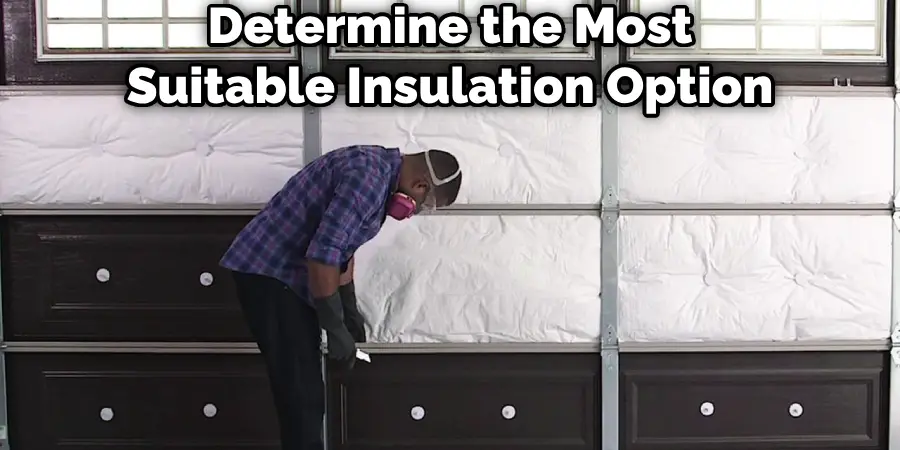
8 Easy Step-by-Step Guide on How to Insulate a Roll Up Garage Door
Insulating a roll-up garage door may seem like a daunting task, but with the right tools and techniques, it can be a straightforward process. Follow these step-by-step instructions to effectively insulate your roll up garage door:
Step 1: Gather the Necessary Tools and Materials
Before you begin, gather all the tools and materials you’ll need for the insulation process. Here’s a list of commonly used items:
- Insulation material of your choice (foam, foil, polyethylene, etc.)
- Utility knife or scissors
- Measuring tape
- Double-sided tape or adhesive
- Weatherstripping
- Foam plugs (for additional draft prevention)
- Protective gloves and eyewear
Ensure that you have everything on hand to avoid interruptions during the insulation process.
Step 2: Measure the Dimensions of the Garage Door
Accurate measurements are crucial to ensure proper insulation coverage. Use a measuring tape to measure the dimensions of your roll up garage door. Measure the width and height of each slat, as well as the overall width and height of the door.
Step 3: Cut the Insulation Material
Using the measurements obtained in the previous step, cut the insulation material to the appropriate size. Use a utility knife or scissors to make clean and precise cuts. It’s important to cut the insulation material slightly larger than the dimensions of each slat to ensure a snug fit.
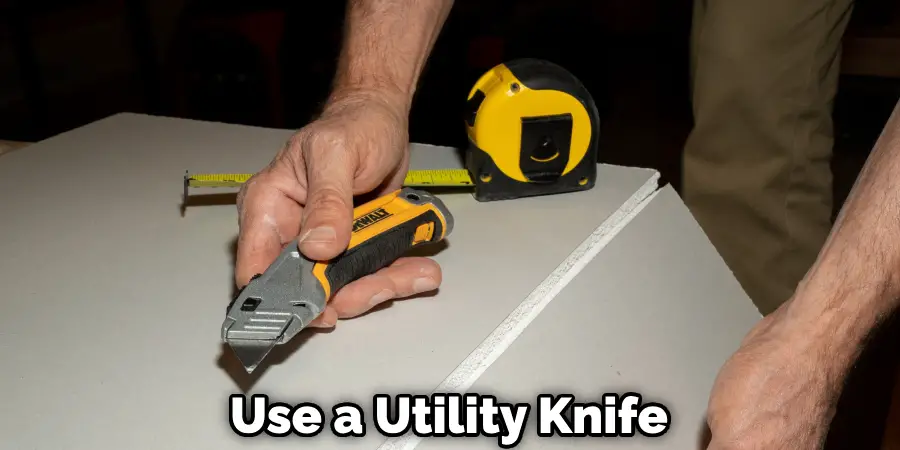
Step 4: Apply the Insulation Material
Start by attaching double-sided tape or adhesive to the back of the insulation material. Carefully place the insulation material onto each slat, pressing firmly to ensure adhesion. Repeat this process for each slat, covering the entire door surface. Trim any excess insulation material as needed.
Step 5: Seal Air Gaps with Weatherstripping
To further enhance insulation, seal any air gaps around the edges of the door using weatherstripping. Cut the weatherstripping to the appropriate length and attach it to the edges of the door, ensuring a tight seal when the door is closed.
Step 6: Install Foam Plugs (Optional)
If you want to prevent additional drafts from entering through the sides of your roll-up door, consider installing foam plugs. These plugs fit inside the edge of each slat, providing extra insulation and draft prevention.
Step 7: Test and Adjust
Once the insulation is in place, test the roll-up door to ensure smooth operation. Make any necessary adjustments to ensure the insulation does not interfere with the door’s movement.
Step 8: Maintain and Monitor
Regularly inspect the insulation on your roll up garage door to ensure it is in good condition. Monitor for any signs of damage or wear and replace insulation material as needed. Proper maintenance will ensure the longevity and effectiveness of your insulation.
By following these step-by-step instructions, you can successfully insulate your roll up garage door and enjoy the benefits of improved energy efficiency and noise reduction.
You Can Check It Out to Insulate a Garage Ceiling Rafters.
Choosing the Right Insulation Material
When choosing the insulation material for your roll-up garage door, consider factors such as thermal efficiency, sound reduction, and ease of installation. Foam insulation provides excellent thermal and sound insulation properties, while foil insulation reflects heat and blocks moisture effectively. Polyethylene insulation is lightweight and flexible, making it easy to install, and mylar film insulation enhances sound transmission control. Evaluate your specific requirements and consult a professional to determine the most suitable insulation material for your roll-up garage door.
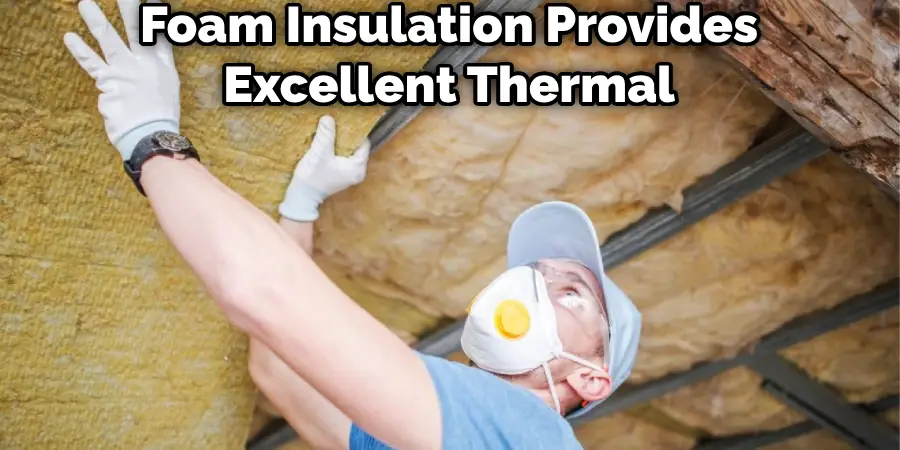
Draft-Proofing and Air Gap Solutions for Roll Up Garage Doors
In addition to insulation, draft-proofing and addressing air gaps are important for maximizing the energy efficiency of your roll up garage door. Here are some solutions to consider:
- Weatherstripping: Install weatherstripping along the edges of the door to create a tight seal and prevent drafts.
- Bottom Seal: Ensure that the bottom seal of the door is in good condition and provides a proper seal when closed.
- Foam Plugs: Install foam plugs inside the edge of each slat to prevent drafts from entering through the sides of the door.
- Sealant or Caulking: Apply sealant or caulk around gaps or cracks in the garage door frame to prevent air leakage.
By addressing these potential air gaps and draft issues, you can further enhance the energy efficiency and comfort of your roll up garage door.
Importance of Roll Up Garage Doors
Roll-up garage doors offer numerous benefits for both residential and commercial properties. Here are some key advantages:
- Space-Saving: Roll up doors require minimal space as they roll up into a barrel mounted on the top of the door’s framework. This makes them ideal for properties with limited overhead space.
- Durability: Made with galvanized steel or aluminum, roll-up doors are highly durable and can withstand harsh weather conditions and daily use.
- Security: Roll-up doors provide excellent security, as the interlocking steel slats make them difficult to break into. They are often rated as the hardest doors to gain forced entry through by fire and police departments.
- Easy Operation: Roll up doors operate smoothly and quietly, thanks to the absence of wheels, tracks, joints, or hinges. They can be easily opened and closed manually or with the help of an electric opener.
- Versatility: Roll up doors are available in a wide range of sizes, colors, and designs, allowing you to choose a style that complements your property’s aesthetic.
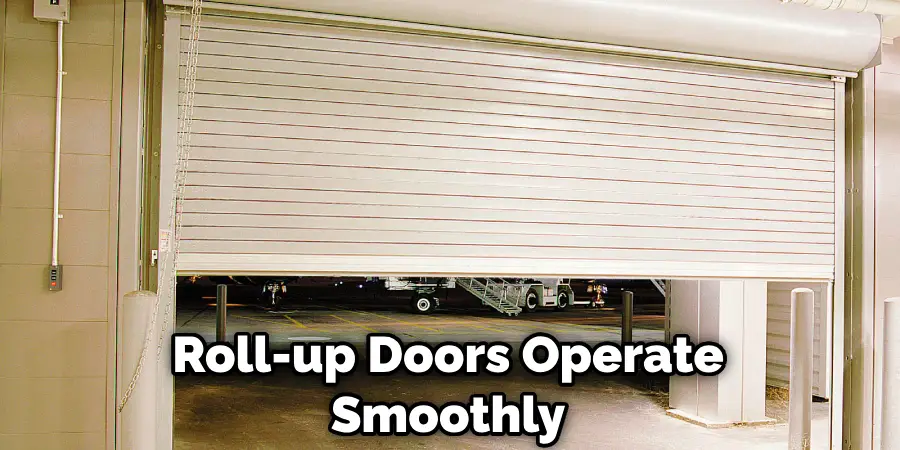
Can Insulation Abate Both Heat and Noise in Roll Up Garage Doors?
Yes, insulation can effectively reduce both heat transfer and noise transmission in roll-up garage doors. Properly installed insulation creates a thermal barrier, minimizing heat loss or gain through the door. This helps maintain a comfortable temperature inside the garage, reducing the need for additional heating or cooling.
Additionally, insulation materials such as foam, foil, and polyethylene have sound-absorbing properties, which help dampen noise vibrations and reduce noise transmission. By insulating your roll up garage door, you can enjoy a quieter and more comfortable environment inside your garage.
Maintaining an Insulated Roll Up Garage Door
To ensure the longevity and effectiveness of your insulated roll-up garage door, regular maintenance is essential. Here are some maintenance tips to follow:
- Inspect the Insulation: Regularly inspect the insulation material for any signs of damage, wear, or sagging. Replace damaged insulation promptly to maintain optimal insulation performance.
- Clean the Door: Regularly clean the roll-up door to remove dirt, debris, and pollutants that can affect its operation and insulation. Use a mild detergent and a soft brush or cloth to clean the door surface.
- Check Seals and Weatherstripping: Inspect the bottom seal and weatherstripping for any signs of wear or damage. Replace worn-out seals and weatherstripping to ensure a proper seal and prevent drafts.
- Lubricate Moving Parts: Lubricate the rollers, hinges, and other moving parts of the roll-up door to ensure smooth and quiet operation. Use a silicone-based lubricant for best results.
- Monitor Energy Efficiency: Keep track of your energy bills and monitor the energy efficiency of your insulated roll-up garage door. If you notice a significant increase in energy consumption, it may indicate a problem with the insulation or the door’s operation.
By following these maintenance tips, you can keep your insulated roll-up garage door in optimal condition and enjoy its energy-saving and noise-reducing benefits for years to come.
You Can Check It Out to Build Swing Out Garage Doors.
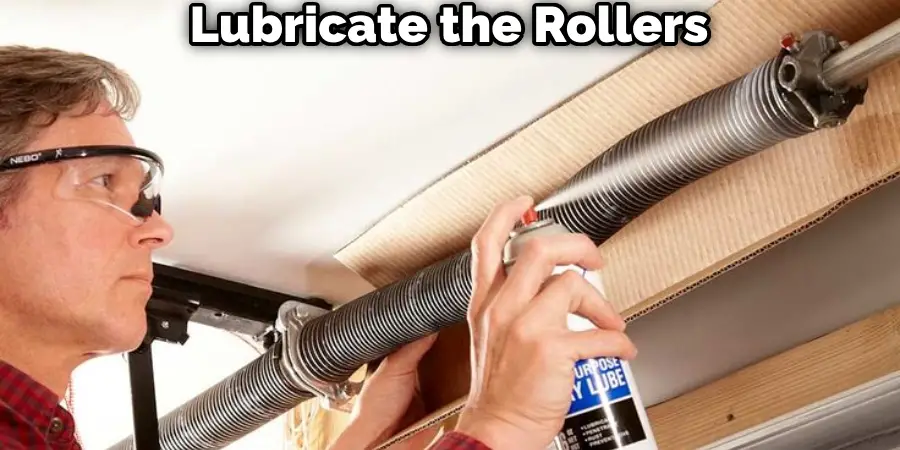
FAQs About How to Insulate a Roll Up Garage Door
Can You Insulate a Steel Roll Up Door?
Yes, you can insulate a steel roll-up door. Insulation helps maintain the ideal temperature inside the building, reducing energy costs and noise transmission. Common insulation types include polyethylene and polyurethane.
What is the Best Way to Insulate a Garage Door?
The best way to insulate a garage door is by using a garage door insulation kit. These kits typically include vinyl or foil-faced batts or foam boards. To insulate the door, line up the insulation so it’s centered in the panel and push it against the retaining pin until it punctures the vinyl facing. Some people also recommend using extruded polystyrene (XPS) board, which can be cut to size. Insulating a garage door helps maintain a comfortable temperature and reduces noise transfer. It can make the garage 10 to 12 degrees warmer in winter and 20 degrees cooler in summer.
Should You Put Insulation on Garage Door?
Yes, it is recommended to put insulation on a garage door. Insulating a garage door helps maintain a comfortable temperature and reduces noise transfer, making the garage warmer in winter and cooler in summer. A garage door insulation kit is commonly used, which typically includes vinyl or foil-faced batts or foam boards. Some people also recommend using extruded polystyrene (XPS) board for insulation. Insulation can increase the value of your home by reducing energy costs, maximizing garage usability, and improving curb appeal. Additionally, insulating the garage door with EPS foam can provide sound-dampening benefits, offering a quieter and more private space.
Conclusion
Insulating your roll-up garage door is a worthwhile investment that can significantly improve energy efficiency, reduce noise transmission, and enhance overall comfort. By understanding the types of insulation available, choosing the right materials, and following proper installation techniques, you can effectively insulate your roll-up garage door and enjoy the benefits it brings. Remember to regularly maintain and monitor your insulated door to ensure its longevity and optimal performance. With the right insulation, your roll up garage door will provide you with a secure, energy-efficient, and quiet space for years to come.

